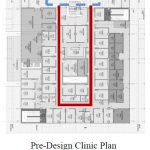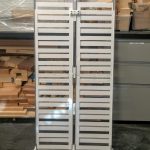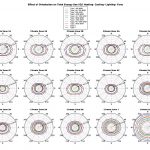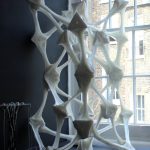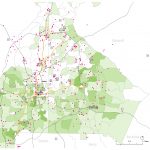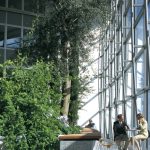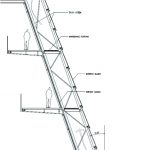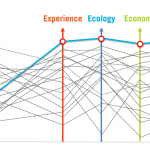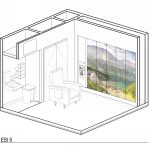
This article explores how a responsive, acuity adaptable emergency room design can actively contribute to patient well-being along the continuum of care without sacrificing operational efficiencies. Increasing medical knowledge, prevalence, and social awareness of behavioral health issues have made it imperative to design therapeutic spaces that respond to the whole person, in addition to medical... Read more »


